Cauliflower Sabzi With Peas And Carrots
This post may contain affiliate links. As an Amazon Associate, I earn from qualifying purchases. Please read my disclosure.Cauliflower sabzi is a classic recipe from my childhood that I come back to again and again. It’s simple to make, super flavorful, and loaded with vegetables in the most satisfying way. This is a dry Indian-style stir fry made with cauliflower, potatoes, peas, carrots, and warm spices like turmeric and cumin. It’s vegan, naturally gluten-free, and comes together in under 30 minutes.

If you grew up eating sabzis like I did, you know this kind of dish is a staple in Indian homes. Unlike the creamy curries you often see in restaurants, sabzi (or sabji) is all about letting the vegetables shine with just the right blend of spices. My mom used to serve it with dal and roti or rice, and to this day it’s one of the most comforting meals I know.
Now that I make it for my own family, I’ve found even more ways to enjoy it: wrapped in a tortilla with a smear of yogurt, spooned over lentils and rice, or eaten straight from the pan as a quick veggie-packed snack. However you serve it, this cauliflower sabzi is a cozy, healthy recipe that fits into just about any routine.
👩🏽🍳 Why I Love This Recipe
This cauliflower sabzi is one of my all time favorites! It’s similar to a dry cauliflower curry. And when it’s made well, it can be a great way to get TONS of veggies into your diet. It’s low in calories, high in fiber, and you don’t even realize how much veggies you’re eating because it is so flavorful!
My mom used to make sabzi with whatever vegetables were in the fridge, but cauliflower was always in rotation. It’s hearty, soaks up spices beautifully, and works with just about anything. I’ve adapted her version over the years to make it as easy and flexible as possible, while keeping all the flavor.
What I love most about this recipe is how approachable it is. You don’t need any fancy tools or ingredients, just a skillet, a few pantry spices, and some fresh or frozen veggies. It’s one of those dishes where the prep is just as easy as the cleanup, and is perfect for weeknights when I want a healthy side dish without spending hours in the kitchen.
And let’s be honest, when I’ve got a head of cauliflower that needs using, this is my go-to move. I’ll serve it with roti, my slow cooker yellow dal, or rice if I’m planning a full meal, or just stuff it into a wrap with a dollop of yogurt for lunch on the go. However you enjoy it, this dish never disappoints. It’s basically the perfect way to make any veggie taste amazing!
Latest Recipe Video!
🥘 Ingredients
Here’s everything I use to make this cauliflower sabzi. It’s a short, simple list, and most of the spices are pantry staples if you’ve done even a little bit of Indian cooking.
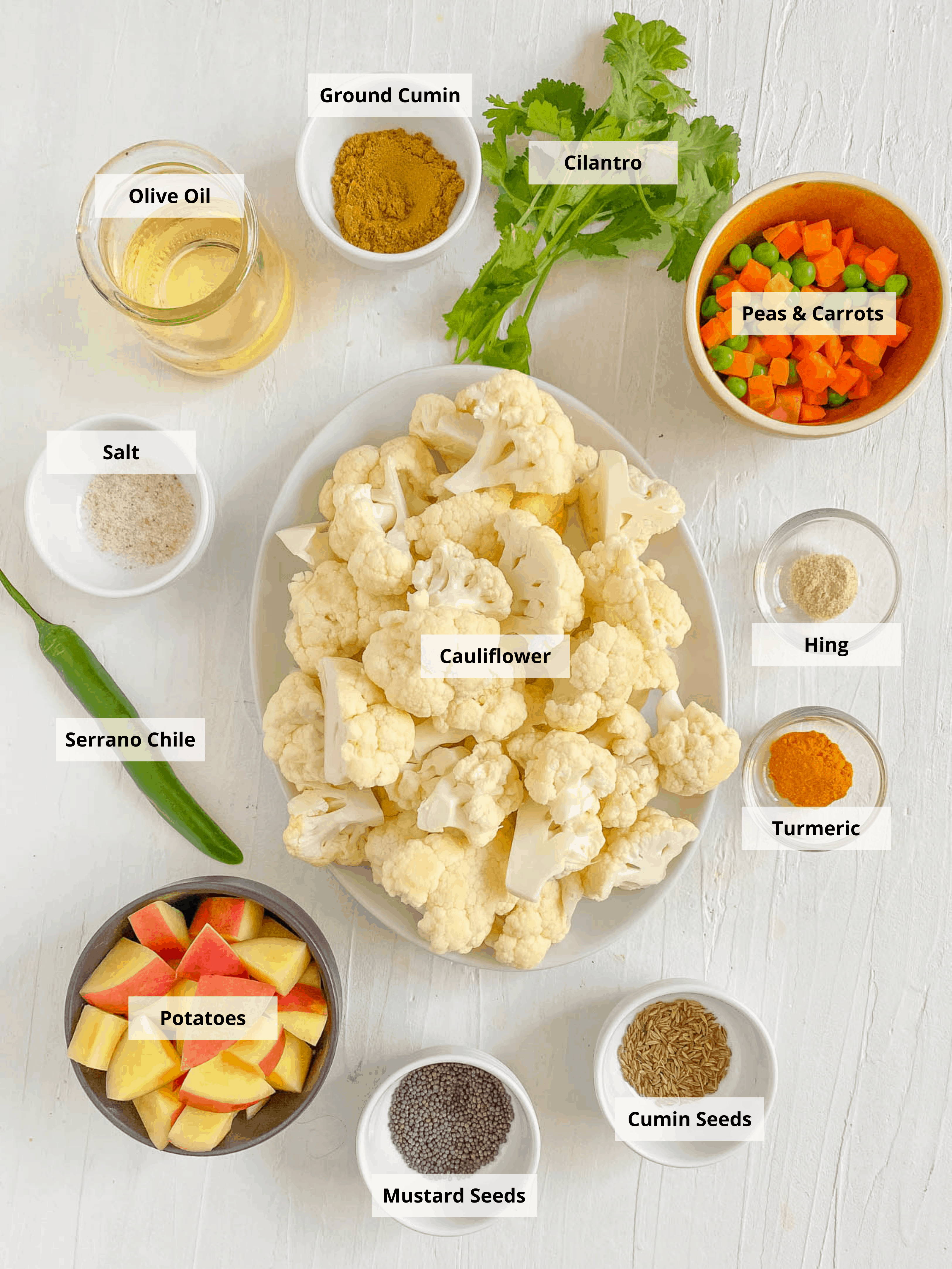
Cauliflower: I use one medium head of cauliflower and cut it into small florets. If I’m short on time, pre-cut florets or frozen cauliflower work too, just know that frozen cooks a bit faster.
Small Potato: A small Yukon Gold potato adds a nice buttery texture. I dice it into small chunks so it cooks at the same pace as the cauliflower.
Frozen Peas and Carrots: I typically grab a frozen mix from the freezer section. The peas give a little pop of sweetness, and the carrots bring color and balance.
Green Chile: I usually use half of a serrano pepper and leave it whole. It gives the dish a gentle heat without overwhelming the other flavors. You can pull it out before serving if you want less spice.
Indian Spices: Mustard seeds, cumin seeds, hing, turmeric powder, salt, and cumin. If you do not have these spices in your home you can find them in most any Indian grocery store, as well as spice shops. Hing (also known as asafoetida) is a traditional Indian spice that adds a savory, onion-garlic-like flavor. I always use a small pinch in my sabzi, but if you don’t have it, you can leave it out or substitute with a tiny bit of garlic powder for a similar effect.
Fresh Cilantro: I chop this fresh and add it at the very end as a garnish. It brings a herby, bright finish to the dish.
Oil: I use a couple teaspoons of olive oil or avocado oil to sauté the spices. Ghee also works if you’re not keeping it vegan.
🔪 How To Make
This sabzi comes together in just one pan and takes less than 30 minutes start to finish. Here’s exactly how I make it:
Prep The Veggies: I start by chopping the cauliflower and potato into small, evenly sized pieces. Keeping them similar in size helps everything cook evenly. If I’m using frozen peas and carrots, I just measure them out and set them aside.
Saute The Spices, Add Ingredients: In a large skillet, I heat the oil over medium-high heat. Once hot, I add the mustard seeds and cumin seeds and wait until they start to pop, this step brings out their full aroma and flavor. Then I add the hing, turmeric, green chile, and diced potato. I stir everything together for about 30 seconds. Next, I stir in the cauliflower, peas, and carrots. I make sure all the veggies are coated in the spices, then add the salt and ground cumin.
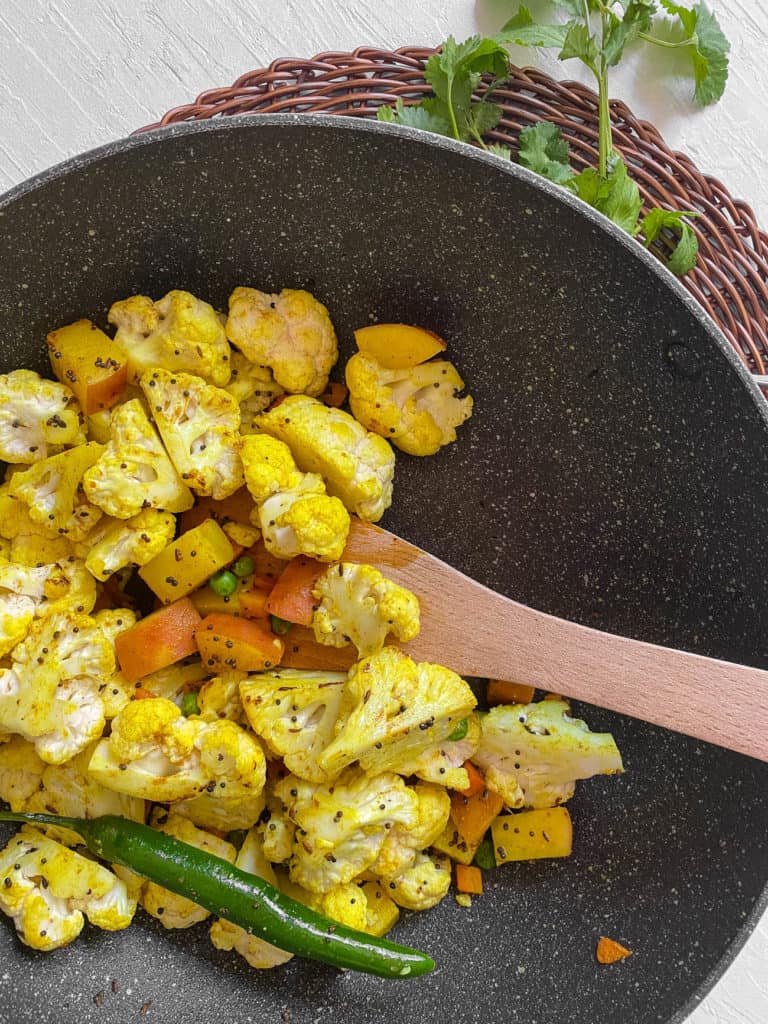
Cook Covered: I lower the heat to medium-low, cover the pan with a lid but letting a little bit of the pan stay uncovered, and let the sabzi cook for about 10-20 minutes. I check it a couple times during cooking and stir to keep anything from sticking. If it starts to brown too much on the bottom, I add a tablespoon or two of water.
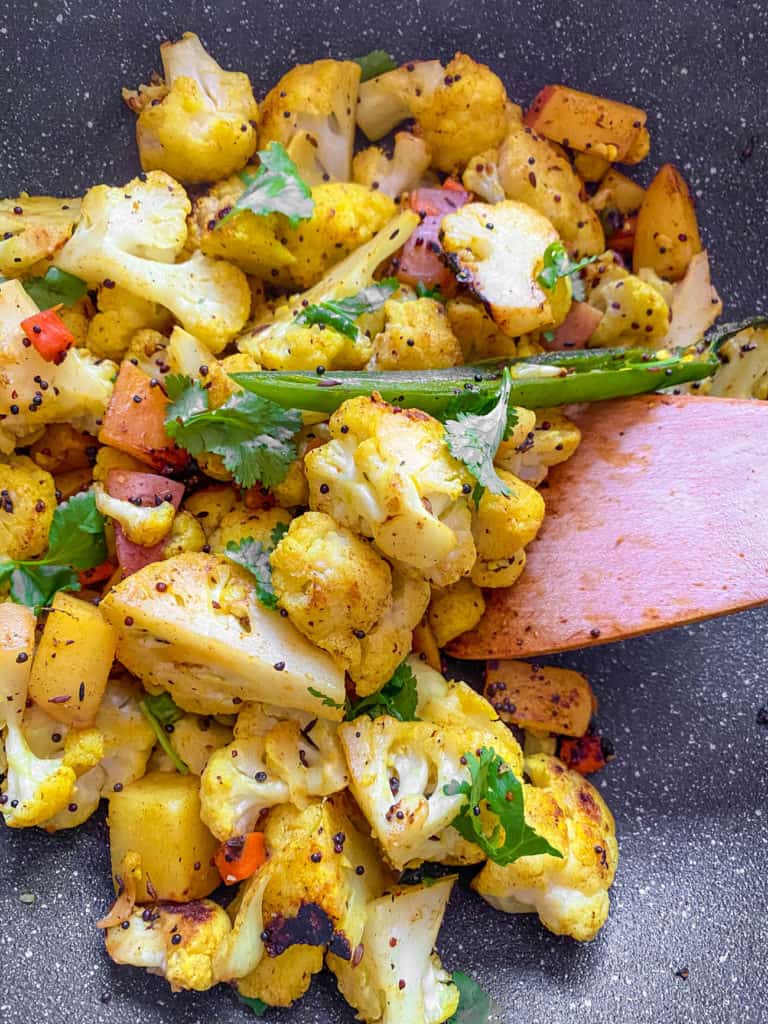
Serve: Right before serving, I sprinkle chopped cilantro over the top. I like to give it one last stir and taste for salt before dishing it out.
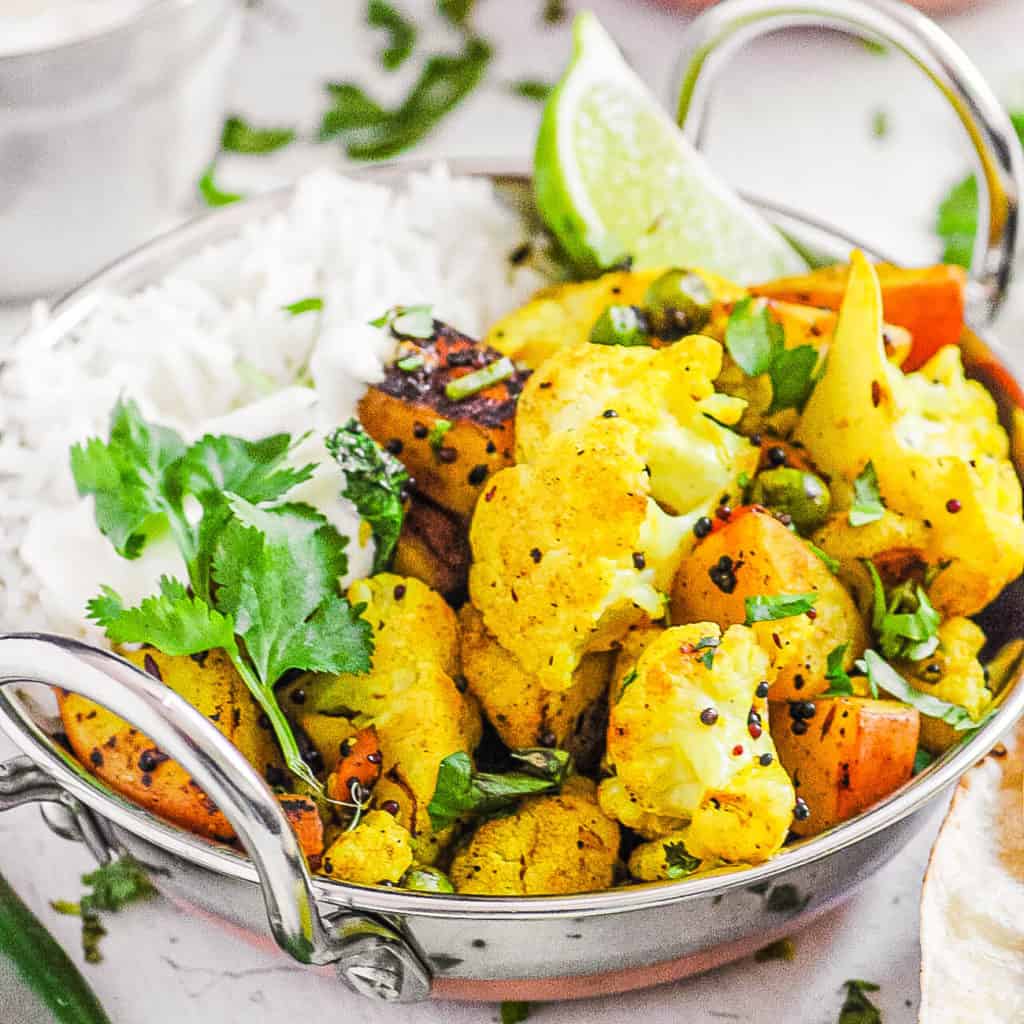
💭 Expert Tips
My #1 Secret Tip for this recipe is to let the mustard and cumin seeds fully pop in the oil before adding anything else. It might seem like a small detail, but it’s key to unlocking that deep, toasty flavor you’ll recognize from homemade Indian dishes. You also need to make sure to use enough oil (about 1-2 tablespoons should be enough) so that the seeds pop instead of burn when you add them!
Other Tips To Keep In Mind:
- Use A Ceramic Non-Stick Or Heavy-Bottomed Pan: This helps prevent the veggies from sticking or burning as they cook. If you notice any browning too early, just add a splash of water and stir.
- Keep The Heat Low Once Covered: After adding all the veggies and covering the pan, I turn the heat down to medium-low. This allows the veggies to cook through gently without over-browning or drying out.
- Adjust The Cook Time As Needed: If you like your cauliflower with a little bite, check it around 10 minutes. For a softer, melt-in-your-mouth texture, I let it go closer to 18–20 minutes. Personally, I find that cooking it for longer can result in mushy or overcooked cauliflower, so I typically will take mine off the heat at around 12-14 minutes.
- Note: “Sabji” and “sabzi” are the same thing, just different spellings! Both refer to Indian vegetable dishes cooked with spices.
📖 Variations
My cauliflower sabzi is super flexible, and I love switching things up depending on what I have on hand. Here are a few of my favorite variations:
- Make It Spicier: If I want more heat, I’ll slice the green chile instead of leaving it whole, or I’ll add a pinch of red chili powder or cayenne along with the turmeric. It adds heat without changing the flavor too much. Sometimes I like to add a pinch of garam masala powder at the end of cooking too!
- Different Veggies: I’ve made this with green beans, bell peppers, or even spinach stirred in at the end. It’s a great way to use up odds and ends from the fridge.
- Try Sweet Potatoes: When I want a slightly sweeter version, I swap out the Yukon Gold for sweet potato. It works really well with the cauliflower and spices.
- Add Coconut: This is a South Indian twist I sometimes will do – I sprinkle a tablespoon of shredded unsweetened coconut over the top along with the cilantro. It adds a nice sweet, nutty finish.
🍽 Serving Suggestions
I usually serve this cauliflower sabzi as part of a full Indian meal, paired with warm roti or whole wheat tortillas (or almond flour tortillas for a gluten-free option), a scoop of moong dal, and a side of brown basmati rice. It also goes really well with a dollop of plain vegan yogurt or a spoonful of raita if you want to balance the spices with something cooling.
Sometimes I top it over quinoa or millet for a quick grain bowl, or serve it alongside vegetable biryani as a flavorful veggie-packed side. For larger gatherings, it fits nicely into a thali-style platter with small portions of chana masala or palak dal, a salad, and chutney on the side.
🧊 Storage Directions
Refrigeration: I always let the sabzi cool to room temperature before storing it. Once it’s cooled, I transfer the leftovers to an airtight container and keep it in the fridge for 3 to 5 days. It reheats really well in the microwave or in a skillet with just a splash of water to keep everything moist.
Freezing: If I want to freeze it, I portion it into freezer-safe containers and label it with the date. It keeps well in the freezer for up to 3 months.
Reheating: When I’m ready to reheat, I usually thaw it overnight in the fridge and warm it up on the stove or the microwave until warmed through.
❓Recipe FAQs
Yes! This sabzi is flavorful but not overly spicy, which makes it a great way to introduce kids to Indian spices. If you’re concerned about heat, you can leave out the green chile entirely. Sometimes I’ll serve it with a little plain Greek yogurt on the side to mellow the spices even more.
The key is not to overcook it. I start checking the veggies at the 10-minute mark and cook until the cauliflower is tender but still has a bit of bite. Using evenly sized pieces also helps them cook at the same rate.
No need! I always add the diced raw potatoes directly to the pan with the spices. Just make sure they’re cut small and evenly so they cook through along with the cauliflower. If you’re short on time, you can parboil them, but it’s not necessary for this recipe.
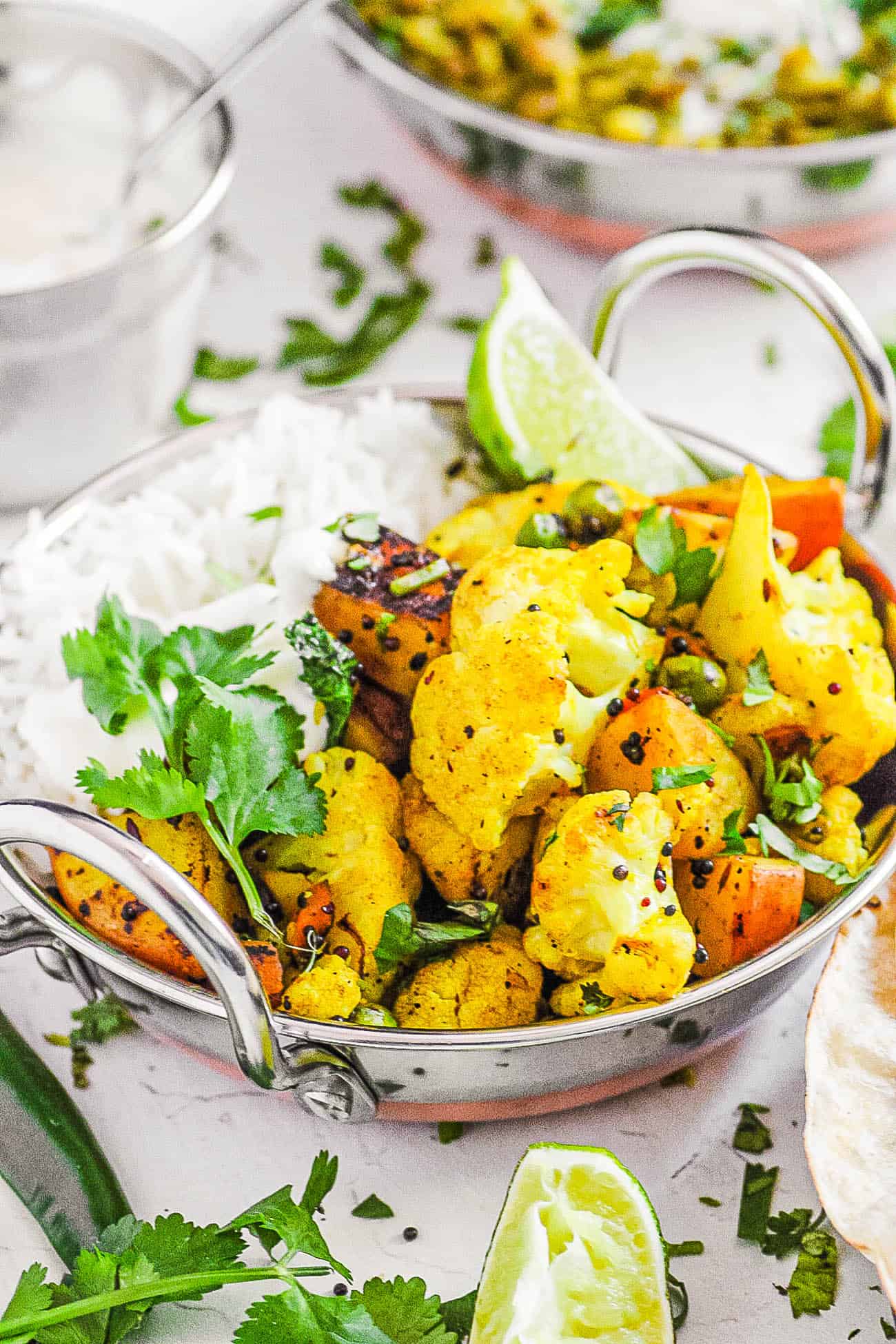
🍲 More Vegetarian Indian Recipes!
Love this plant based indian recipe? Please leave a 5-star rating 🌟 in the recipe below and/or a review in the comment section further down the page!
You can also FOLLOW ME on FACEBOOK, INSTAGRAM, and PINTEREST to see more delicious, healthy, family-friendly food, and if you have any questions, I’m here to help!
📋 Recipe
🎥 Watch How to Make It
Cauliflower Sabzi With Peas And Carrots
Ingredients
- 1 tbsp avocado oil or olive oil, or ghee (non-vegan option)
- 1 tsp mustard seeds
- ½ tsp cumin seeds
- ¼ tsp hing aka asafoetida
- ½ tsp ground turmeric
- ½ green chile like a serrano chile, kept whole, not diced
- 1 small potato diced
- 1 cauliflower head cut into florets
- ½ cup frozen peas or ¼ cup frozen peas + ¼ cup frozen carrots
- ¾ tsp salt
- ¼ tsp ground cumin
- cilantro chopped (as a garnish)
Instructions
- Cut the cauliflower and potato into bite sized pieces and set aside. I like to cut them into a similar size, then they cook at the same pace.
- Heat the oil on medium high heat in a large skillet, add the mustard seeds and cumin seeds until they pop. Then add the hing, turmeric, green chile and potatoes. Stir for 15-30 seconds to combine. Then add the cauliflower, carrots and peas and stir again.
- Add the salt and cumin powder, cover and let cook on medium-low for 10-20 minutes (depending on how cooked through you like your veggies). Meanwhile, chop your cilantro.
- Right before you’re ready to serve the sabji, add the cilantro.
Notes
- Use pre-cut cauliflower florets to save time. You could also use frozen cauliflower florets. Cooking time will be reduced.
- Let the mustard and cumin seeds fully pop in the oil before adding anything else. It might seem like a small detail, but it’s key to unlocking that deep, toasty flavor you’ll recognize from homemade Indian dishes. You also need to make sure to use enough oil (about 1-2 tablespoons should be enough) so that the seeds pop instead of burn when you add them!
- Use A Ceramic Non-Stick Or Heavy-Bottomed Pan: This helps prevent the veggies from sticking or burning as they cook. If you notice any browning too early, just add a splash of water and stir.
- Keep The Heat Low Once Covered: After adding all the veggies and covering the pan, I turn the heat down to medium-low. This allows the veggies to cook through gently without over-browning or drying out.
- Adjust The Cook Time As Needed: If you like your cauliflower with a little bite, check it around 10 minutes. For a softer, melt-in-your-mouth texture, I let it go closer to 18–20 minutes. Personally, I find that cooking it for longer can result in mushy or overcooked cauliflower, so I typically will take mine off the heat at around 12-14 minutes.































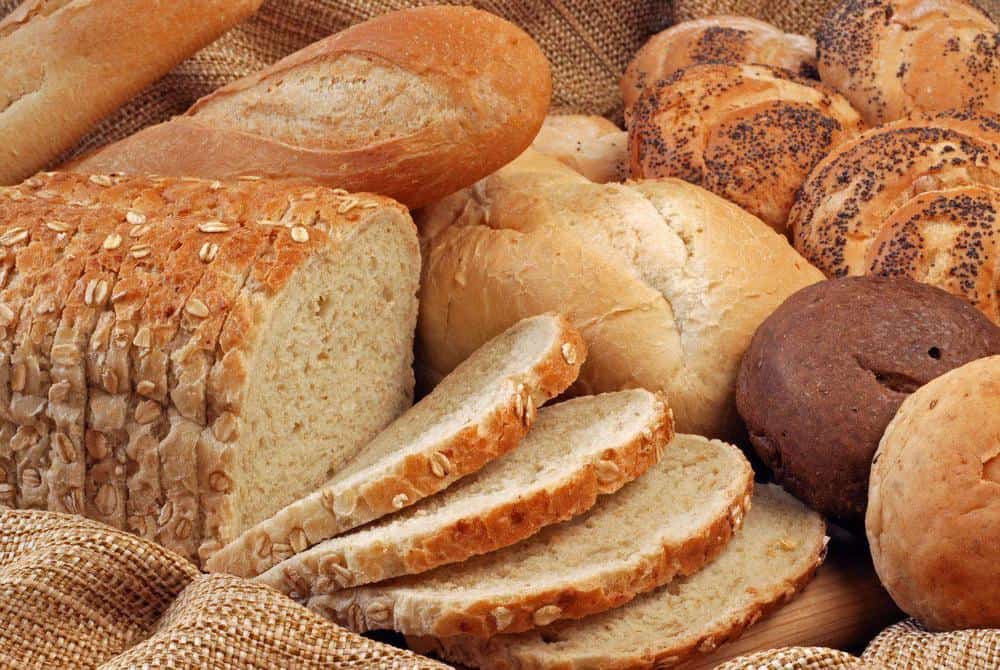
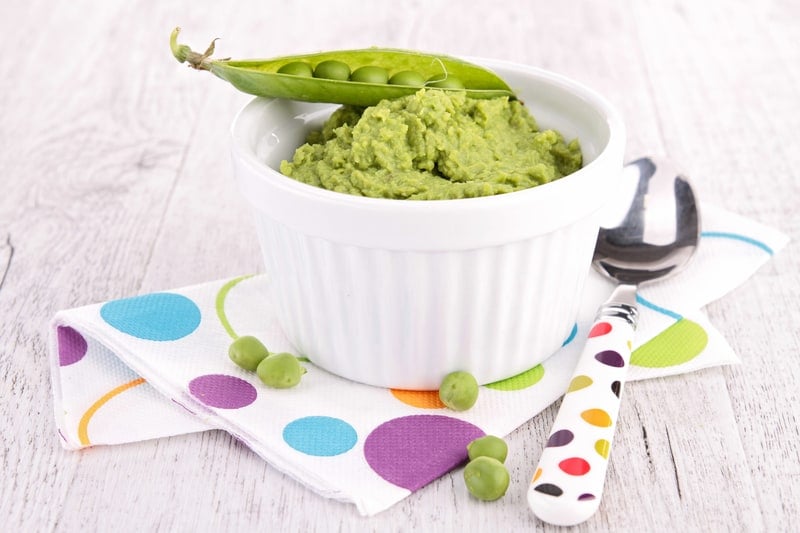
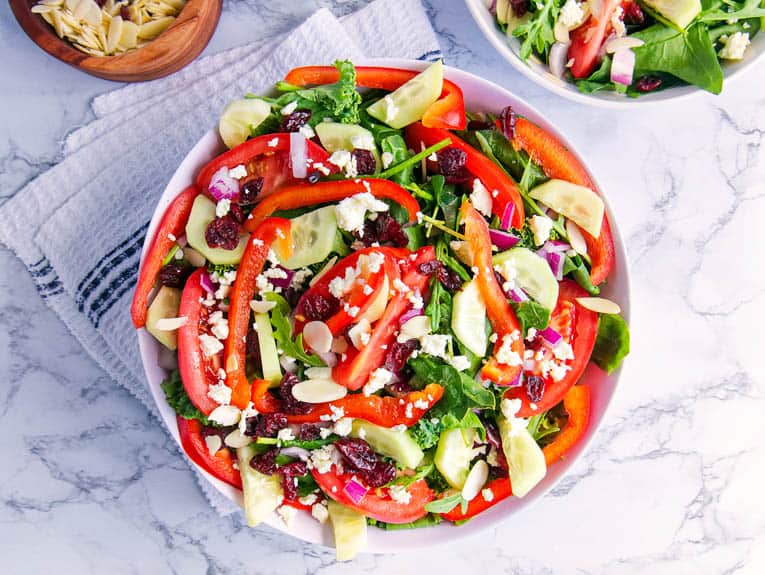



The spices ALWAYS make it so much better! Love how it uses cauliflower so I can keep it vegetarian!
Thanks Jeanette!! 🙂